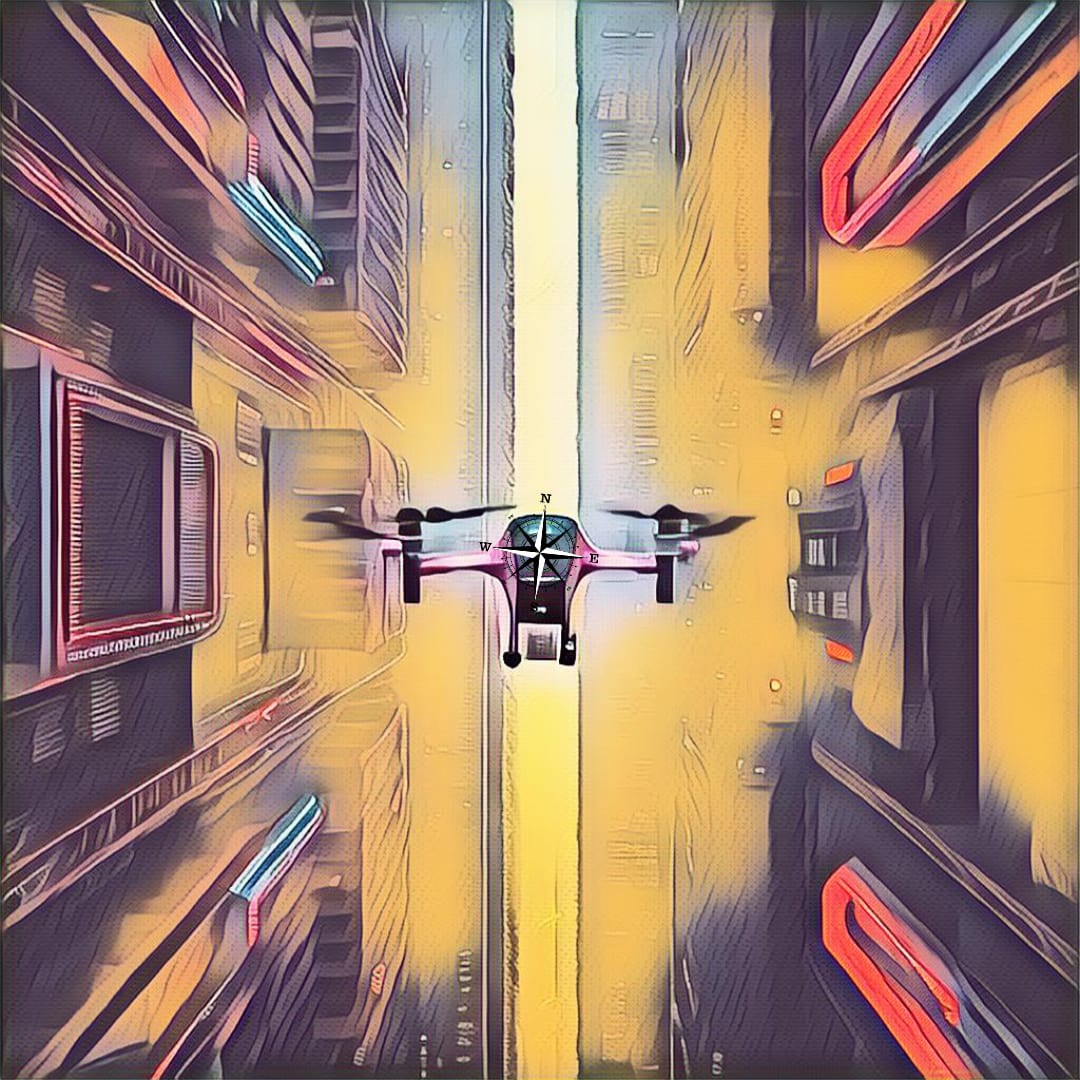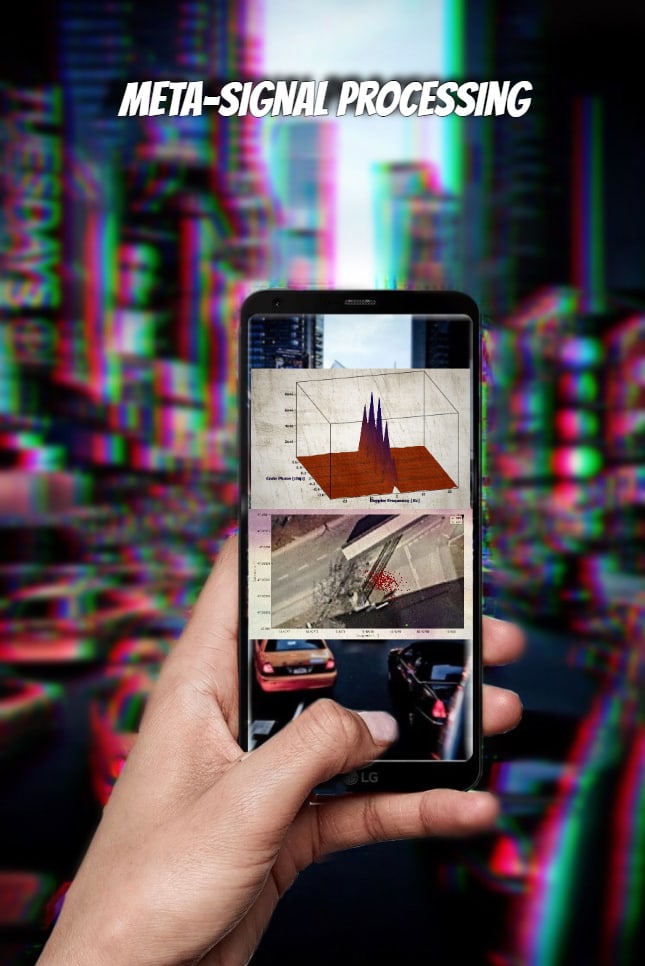




Within this project a Concept Demonstrator (CD) was developed to track GNSS in harsh environments.
BLIND GNSS Software Receiver Tool for Field Test Assessment in Harsh Environments (ESA)
Exploiting navigation signals of opportunity (SoO) with unknown code chip or symbol sequences is essential for the early assessment of new techniques specifically designed for those signals and for the exploitation of signals with unknown signal/coding structures.
Within this project a Concept Demonstrator (CD), based on low-cost software-defined-radio (SDR) platforms and commercial off-the-shelf (COTS) components was developed in order to investigate the technical opportunities, especially with high-order BOC signals.
BLIND recovery of unknown code chip sequences
While there are two possibilities to achieve a sufficient signal-to-noise ratio to allow a blind recovery of unknown code chip sequences or symbol sequences – the use of a high gain dish antenna or the use of an antenna array with many antennas – the project consortium voted for the latter solution considering the requirement to track 5 different satellites at the same time.
The so-called “Antenna Platform – AP” was developed consisting of an array with 40 identical commercial low-cost navigation antennas connected to 20 dual-channel low-cost SDRs and 20 low-cost PCs for data storage. All the loosely synchronized data are collected in a single database and jointly synchronised and processed by a software tool especially designed to recover unknown code chip sequences (“Blind Sequence Generator – BSG”) running on a high-end PC with a 32-core CPU. The system was designed in a way that the chip error rate is sufficiently low for the encrypted GNSS services of GPS, BeiDou and consequently also for Galileo – provided the satellites are above a certain minimum elevation. Finally, an existing GNSS software receiver was upgraded in order to implement hybrid (open signals together with SoO) PVT solutions of the signals acquired with a “Receiver Platform – RP” consisting of 4 commercial low-cost antennas whose signals are recorded by a sampling platform similar to that used within the AP but in a mobile case and an additional mass-market receiver with antenna.
Future LEO broadcasting handled by the system
Algorithms and software were verified first with simulated signals, where it could be shown that the system works correctly. In the following numerous measurements, also the performance with the signals in-space – in particular the GPS M-Code – was proved. The full system was verified by cross-checking against signals acquired by a 2.4 m steerable dish antenna proving that the finally obtained tracking results (C/N0, code/carrier pseudorange, …) match the expectations. Possible future LEO navigation satellite systems broadcasting in L1 band most likely can also be handled by the system. For the exploitation of different frequency bands only the antennas and LNAs will need to be replaced. The results indicate that also for those other satellite systems reliable chip estimation can be performed and those signals can be acquired and tracked, e.g. for deeper understanding of higher order BOC modulation schemes.
In collaboration with
- JOANNEUM RESEARCH Forschungsges.mbH, DIGITAL
- University of the Federal Armed Forces Munich
Do you need specific information?
Get all the answers you need. Send us your message now!











